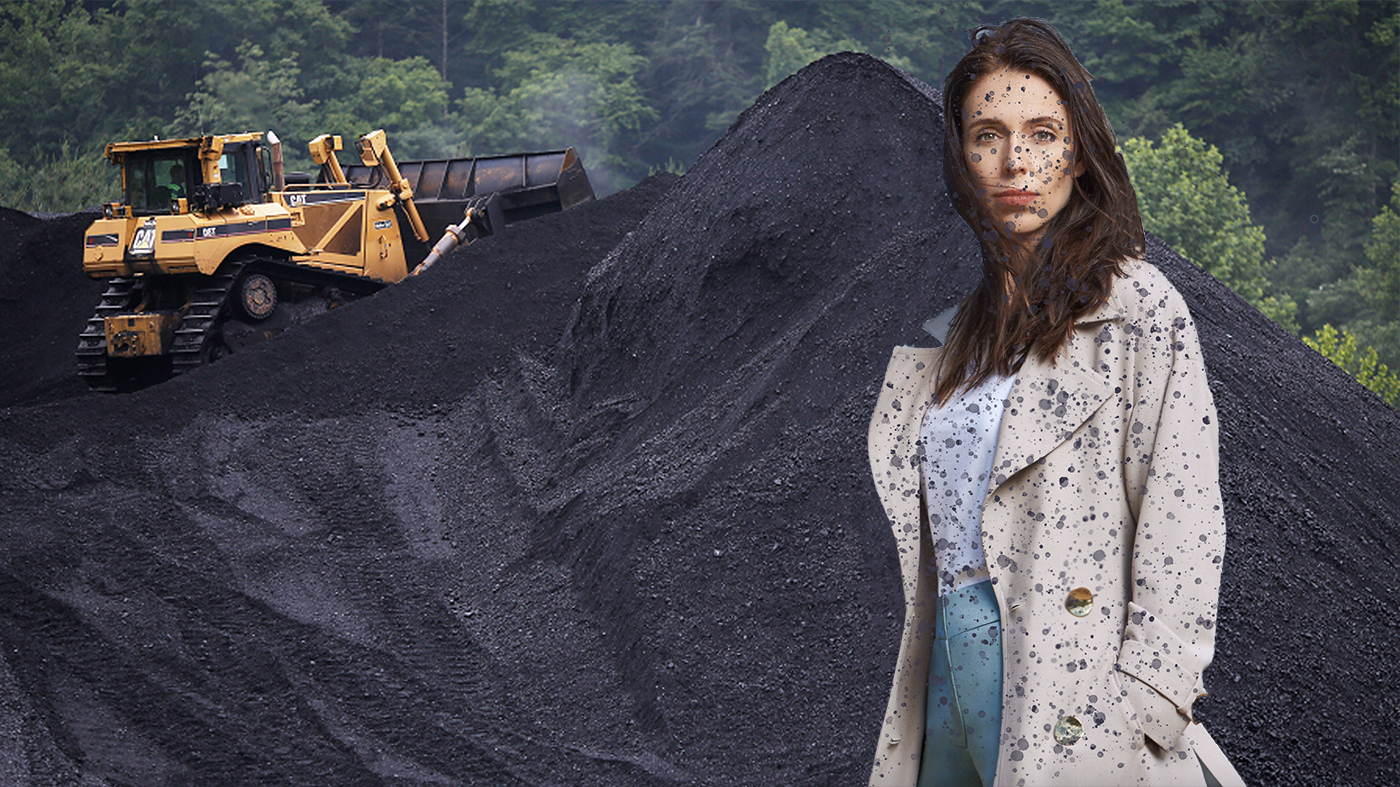Eliora
Indonesian coal merchants will be doing well out of Ardern’s scheme to reduce NZ’s CO2 emissions.
The Ardern-led government loves to announce ideological clangers to unsuspecting Kiwis. These new schemes are coming at a fast pace but with little rational thought about how or if they can work in the real world. This incompetency is making people angry, as trusting Kiwis become aware of Ardern’s reckless socialist agenda.
Ardern thrives on causing shockwaves, smiling as she quickly moves on from one clanger to the next. Labour has a parliamentary majority so can make unilateral changes with no consideration for how they impact on New Zealanders. Ardern is determined to move a free market economy towards socialism.
On Sunday 13 June, the Labour Party announced a Car Rebate Scheme.
Ardern is determined to push New Zealanders into purchasing hybrid or electric cars. To incentivise this, a feebate scheme was announced to bribe buyers.
- Up to $8,625 rebate for any new electric or $5,750 for a plug-in hybrid car and about $3,450 for a used import EV car.
- Up to $5,175 penalty of on new import petrol and diesel cars, and $2,875 on used imports from January 2022.
Kiwis and the Motor Trade Association were taken back as there were only 17 days to think about the impact of this change. The scheme starts on 1 July.
New Zealand does not produce enough electricity through existing hydro, wind and thermal generation to supply the country. Coal from Indonesia is being imported at an alarming rate to run Huntly power station. The demand for electricity is already rising. Pressure on landlords to install heat pumps and Expelair units in all rental properties is adding to that.
How can New Zealand supply more energy when many more EVs are on our roads?
New Zealand burned more coal for electricity production in the first quarter of this year than any quarter in nearly a decade.
The revelation comes the day after a “transformational” climate change report that slated successive governments for its inaction on reducing greenhouse gas emissions that continue to rise.
The latest New Zealand Energy Quarterly for the period January-March 2021, released today, showed the amount of coal burned for electricity production had more than doubled from the previous quarter to nearly 430,000 tonnes.
NZ Herald 19 June 2021
MBIE Manager of Markets, Evidence and Insights, Daniel Griffiths said driving this shift was low hydro lake storage levels and less wind. With below-normal rainfall, hydro generation was down 9% on the back of lower hydro lake storage levels and generators preparing for a drier than usual winter. This factor, coupled with a tight gas supply which saw an 18% drop in the past year, resulted in higher coal imports to meet demand for electricity generation.
Coal imports for 2020 were 1.08 million tonnes, and 798,723 tonnes of that was used to generate electricity. Meanwhile, industrial electricity costs rose sharply, increasing by 17% since the year ended March 2020. Over the same period, residential electricity costs rose 0.9 %.
Gordon Mock, a resident of Tauranga, has been doing the math regarding electricity supply needed for EVs. He states all his figures are conservative, as Huntly is using low calorific value coal.
- Currently, NZ is importing over a million tonnes of coal a year. Official figures say 430,000 tonnes for the March quarter of coal came through the ports.
- If you buy a small electric car and do about 15,000 km a year, it will use about 2.25 megawatt hours of electricity.
- It requires 400 kg of high-quality coal to produce a megawatt hour of electricity.
- It is possibly much higher than 400 kg, especially if we add on the power line losses (5%) to your EV and the energy losses of charging the battery (5%).
- This means that the Huntly power station will have to burn an extra tonne of imported coal per year for every EV.
- So let say 100,000 extra EVs are brought into the country, that is another 100,000 extra tonnes of coal to be trucked to Huntly from the ports.
Mock and his wife are the proud owners of two electric cars. They mostly charge them with solar power panels on their house. He says he is not doing it for the CO2 reductions, but for luxury and economics. His most economical EV, a Nissan Leaf, used 2.25 megawatt-hours over 15,000 km. The Audi uses about 4.00 megawatt-hours per year.
Act Party leader David Seymour said the (government’s) figures “make a mockery” of the Climate Change Commission’s dream of a “painless transition” away from fossil fuels.
“In the real world, lake levels are low, gas production is down, the sun doesn’t shine at night, we are dependent on coal, and power prices are going up.
“Right now, Kiwi industry faces shutdown because of high power prices. When contracts are renewed those prices will filter through the retail market, and people will see how expensive the Climate Change Commission’s hot air really is.”
“The proposed changes in the Climate Commission report will drive up electricity bills, make cars out of reach for many New Zealanders and result in job losses…”.
NZME June 21
Labour appears to have no conscience about the damage done to the Indonesian countryside, as the Ardern-led government will require millions of tonnes of additional coal from Indonesia’s coal mines.
Promoting New Zealand’s clean and green image by putting more electricity “guzzling” cars on our roads, farms and orchards, is forcing Kiwis to burn someone else’s fossil fuel. As an aside, an example of this government’s virtue signalling hypocrisy is DOC’s EV vehicle on Stewart Island. All the electricity on the island is generated by diesel. What a crock!
Please share so others can discover The BFD.

